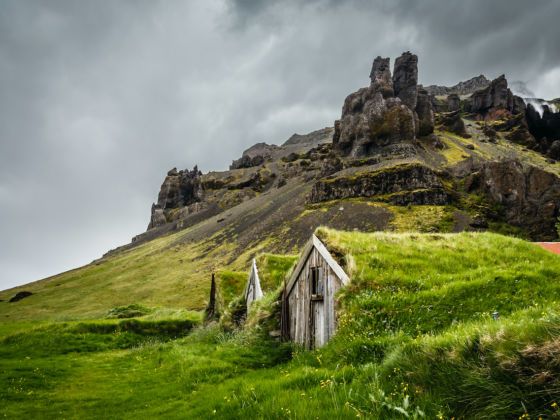At the end of a muddier-than-expected hike up to Kallur Lighthouse, on the island of Kalsoy in the Faroe Islands, I probably should have been looking down at the waves breaking against the crags, or marveling at the lonely lighthouse atop the steep precipice. Instead, I asked my guide, “Do the cows ever get lost?” The fields high above the town of Trøllanes — with a population of 12 — were full of cows, and on hills so vast and difficult to traverse, I thought managing the cows must be difficult for farmers. “They don’t get lost,” my guide replied with a knowing smile, “except when the huldufólk take them.”
I had heard Nordic myths about elves and fairies rumored to live in the remote reaches of the countryside, but never the name huldufólk, and certainly never heard them referenced with such matter-of-factness. Most prominent in Iceland and the Faroe Islands, the belief in fairies, elves, and huldufólk (or “hidden people”) isn’t just the stuff of children’s picture books. It’s an integral part of the culture, rooted in a respect for the natural world.
